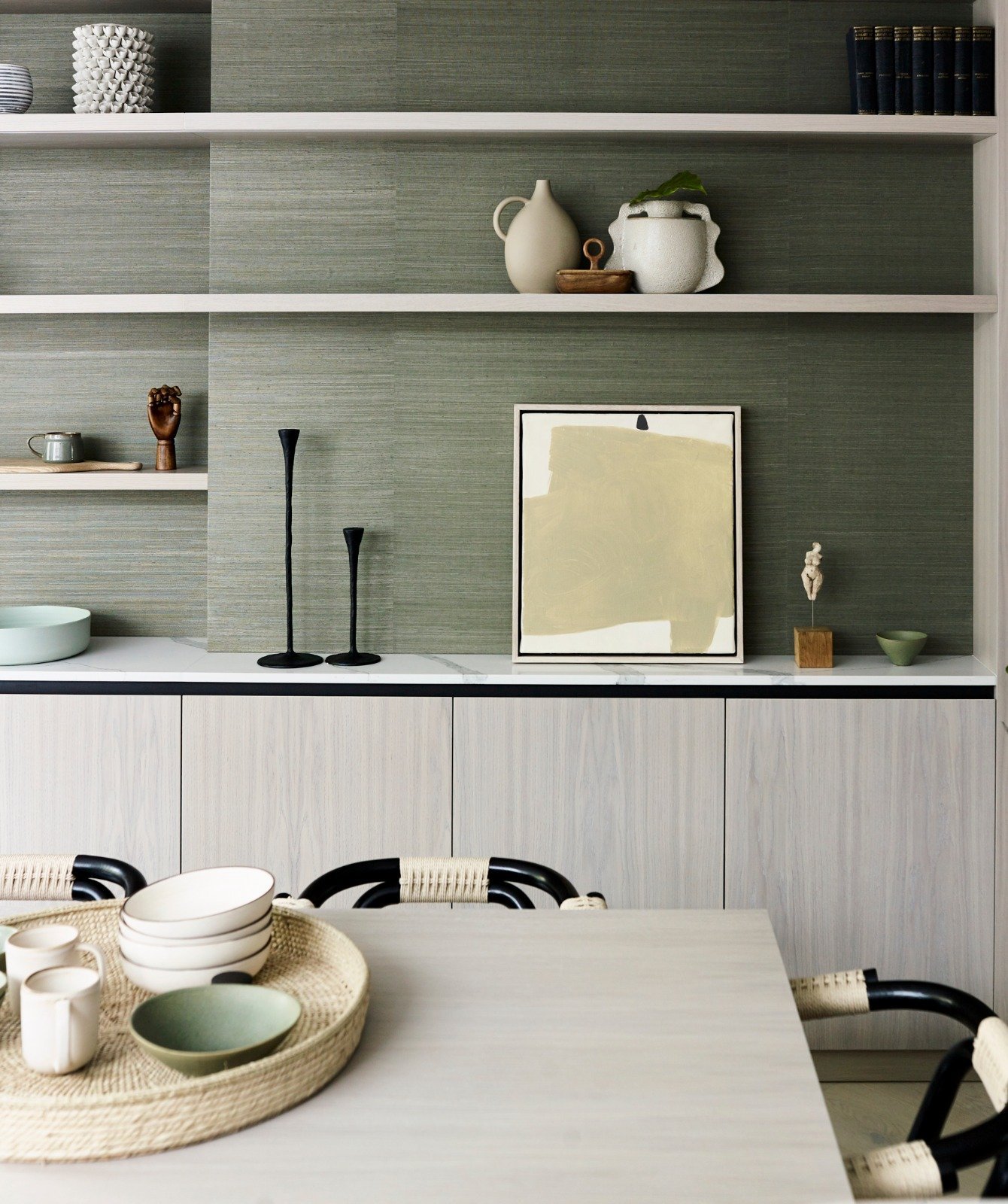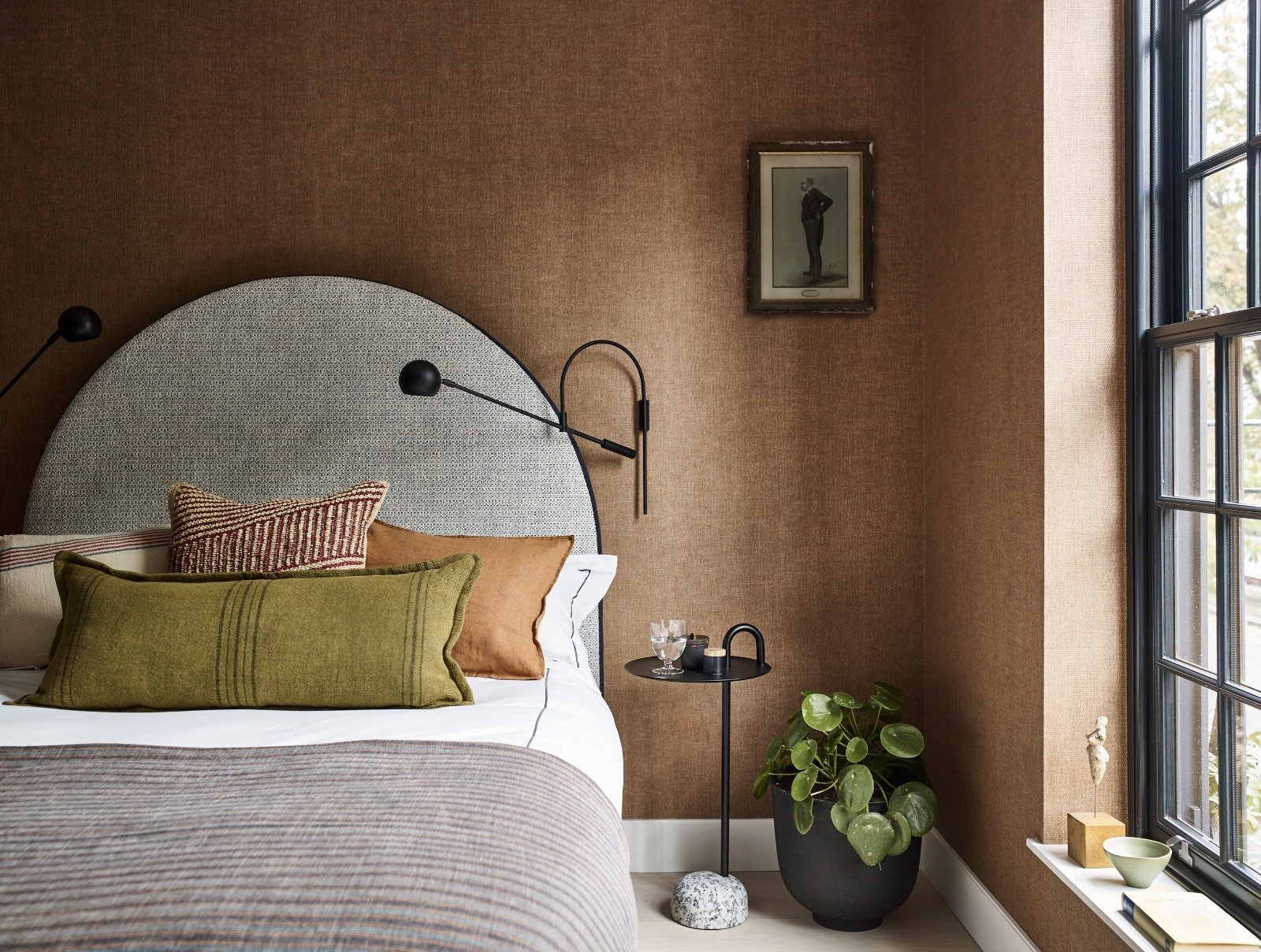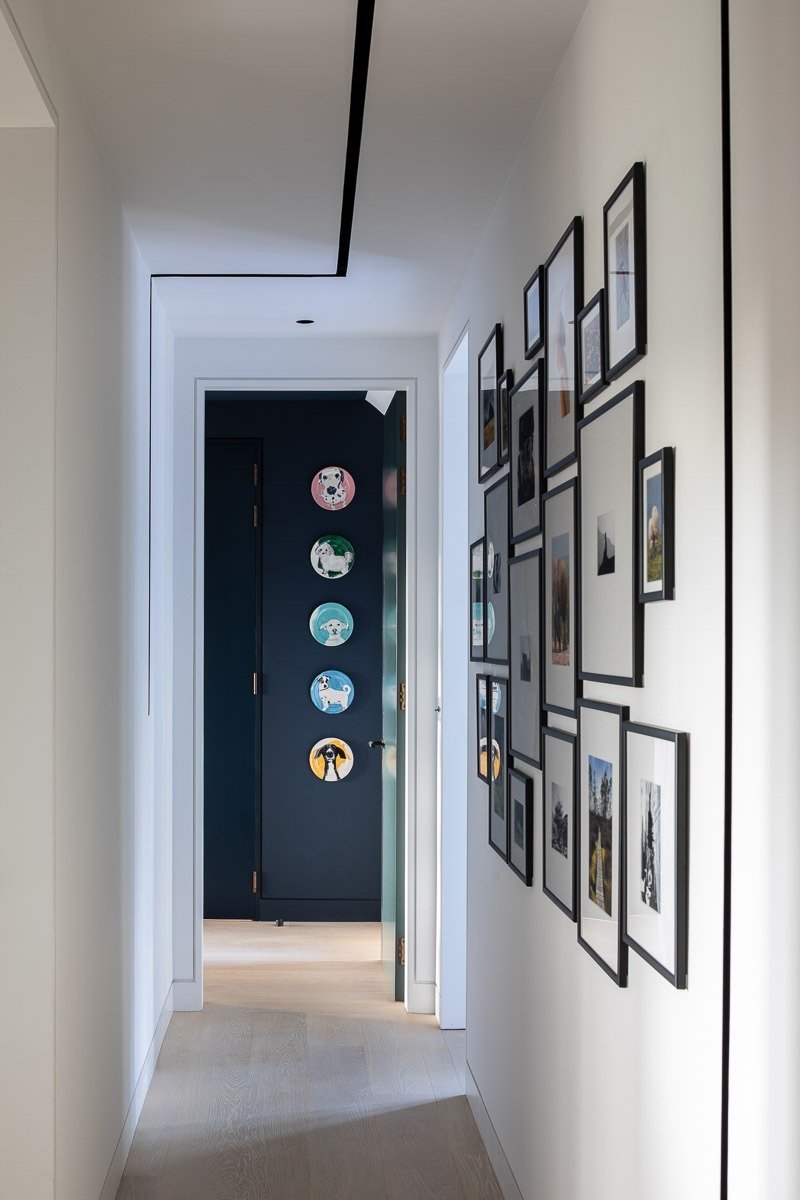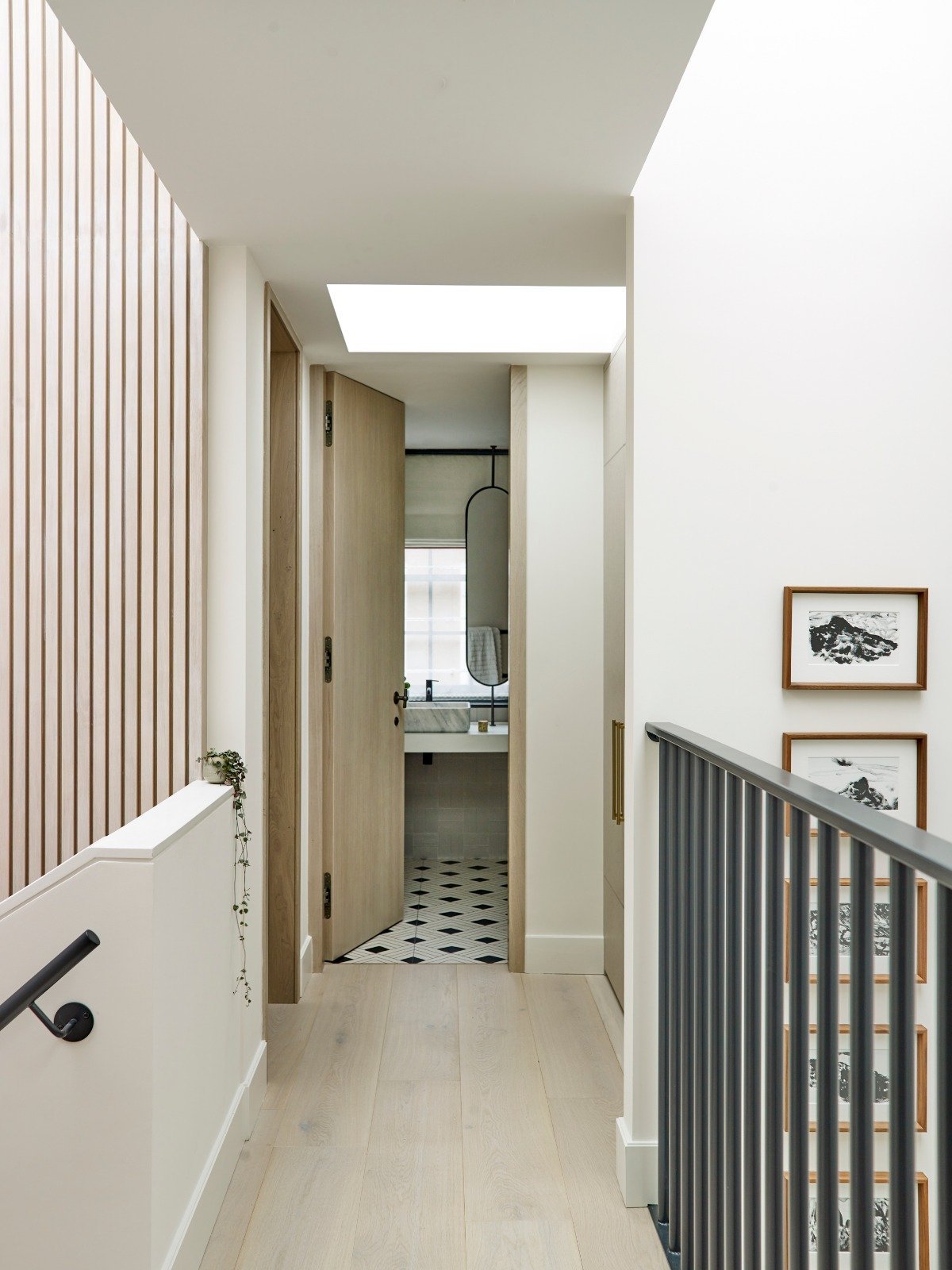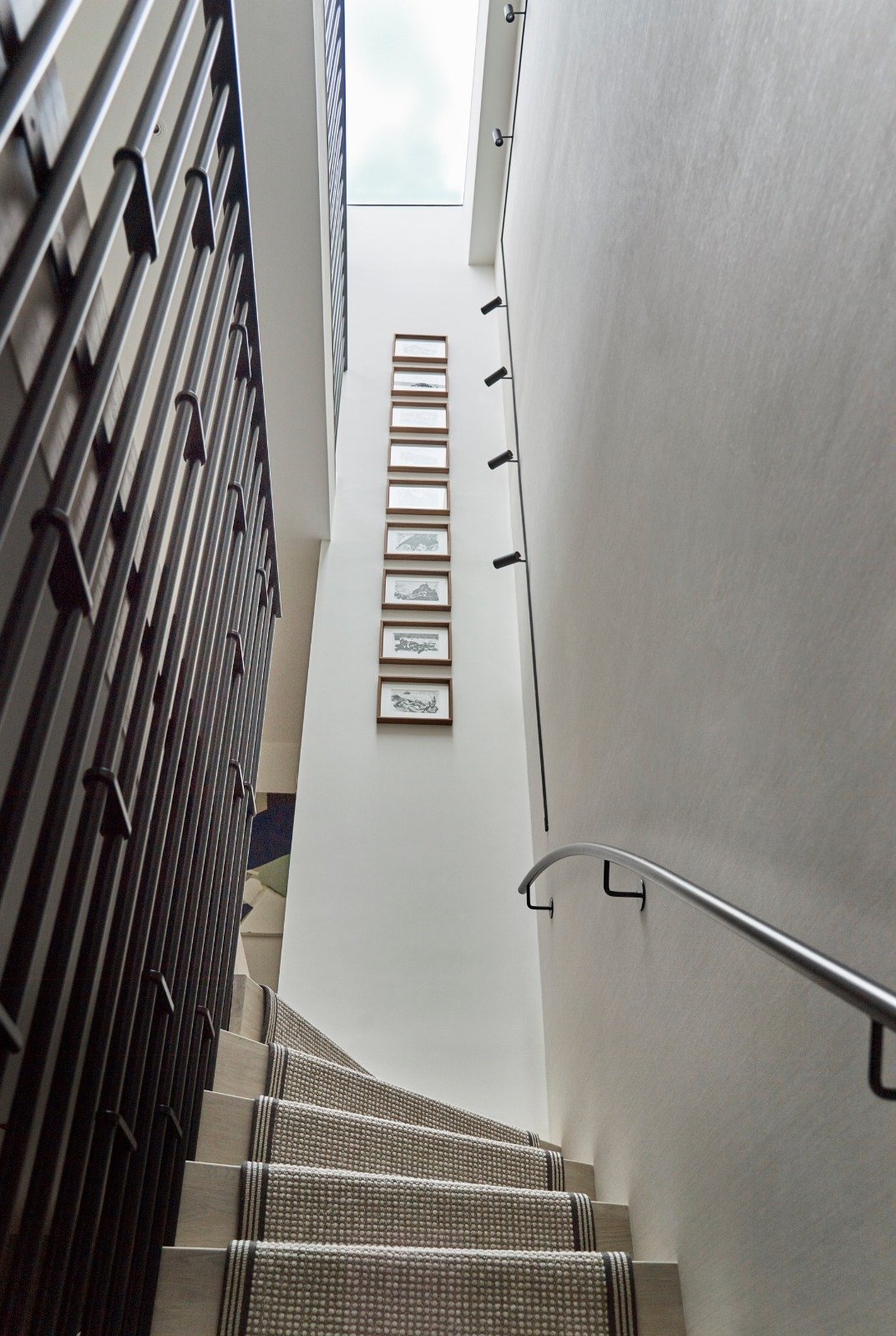How to find art for your home
Whether it’s an investment piece or a sketch you bought on holiday, art makes a house feel like a home. And, in my opinion, a real home has something on almost every wall. It’s not a question of randomly putting up pictures, though – there should be a method to the way artworks are chosen, curated, and positioned.
Here are my top tips for source art for your home…
Where to start
Don’t leave choosing artwork until the last minute. It doesn’t matter if you’re undertaking a whole-home project or re-thinking one room, the best kinds of projects are those in which you have the art at the beginning and the scheme develops from there. Start with key pieces that you love: if you’re not sure what your art style is, following your heart is a good way to begin. Ask yourself: does this put on a smile on my face?
When you’re looking for artwork, keep the following in mind: you need to like the artwork, it needs to work within your space and it needs to fit your budget. This is where the benefit of employing an interior designer really comes into its own. We’re always on the hunt for different pieces and know hundreds of places to source artwork, so can come up with myriad options to suit your tastes and home.
Seek inspiration
Instagram is my go-to for finding artists, particularly new and up-and-coming ones. Quite simply, you can just keep clicking through until you find the source of that amazing piece you’ve spotted. And no matter if it’s someone who’s just started painting in Cornwall or a professional artist working in Denmark, the whole world is at your fingertips.
Artwork fairs are also a great source of inspiration: seek out university or local college graduate shows to discover new artists. Look at local galleries too, and travel to towns or areas of cities that have clusters of galleries – this is a great way to see a lot of art at once and hone in on what you like. I’ve put a selection of my favourite galleries and other sources for all budgets at the end of this blog.
Once again, an interior designer can be an invaluable help in sourcing artwork. Not only do I have a database of about 200 UK galleries but I’m also constantly searching online for what’s available. I generally have something in mind, but it always pays not to be too prescriptive. For example, recently I was looking for a white or neutral item and then walked away with something that had 20 colours in it! So, be open-minded, and see what jumps out at you and what you love – because that could be the very artwork missing from your wall.
Think about framing
The wrong frame will diminish a wonderful artwork just as the right frame can elevate a relatively pedestrian picture. Therefore, whether you are buying something new or rejuvenating one of your existing pictures, it’s important to take time for this step. Go to an established framer who has lots of samples to hand and can give you an idea of the end result.
Also, be guided by your framer’s experience and be open to new ideas. Think beyond the basic mount and frame; for example, you could have a gold or fabric trim between the picture and mount or a stepped mount in different colours. Don’t forget that the framer can change the mount in any basic frame too. For example, IKEA do some very nice simple frames in which a bespoke mount (for around £20) in just the right colour will make all the difference. You can even buy a sample pot of Farrow & Ball and paint the frame – suddenly, it doesn’t look like an off-the-shelf frame at all!
Finally, don’t forget practicalities when framing pictures. Artwork always looks best when it hangs flush to the wall so ensure the fixing mechanism is recessed into the back of the frame. I would also recommend having two fixing points so you won’t need to adjust frames endlessly. And if you have precious or delicate pictures, particularly if they’re in danger of fading in a sunny room, be sure to discuss UV protection glass with your framer.
Rather than simply considering framing as something you attach to your artwork, also consider how the wall finish behind the artwork can be decorated to become a frame in itself, as we tried and tested in this Chelsea project where 3 different paint colours bring a stunning artwork from Tycjan Knut alive.
Plan your layout
Before committing to hanging anything, lay the pictures out on the floor and then tape out their positions on the wall. You might find that the space you were going to fill with one painting can hold three if they’re arranged in a more interesting way.
Avoid too many artworks that are the same in one room. For example, two in a similar medium could sit nicely as a pair but they should be teamed with pieces that are totally different in terms of medium, size, or scale. A mismatched scheme will stop the room from feeling stiff and formal.
When it comes to the size, it pays to be unpredictable here, too. The perfect size for a painting is perhaps 1m x 1m but you could also buy a beautifully made piece that’s 25 x 25cm and it would look amazing on an oversized wall on its own. It’s fun to do something a bit unexpected. Just make sure that when it comes to hanging, your eye level hovers around the middle of the artwork – it shouldn’t be hung too high.
Don’t be afraid to use spaces that are a bit out of the ordinary. Hang a group of three pictures above the bathtub, for example. This wouldn’t be a space for valuable artwork but it’s a great way of making a design statement with more everyday pictures. Remember too you don’t always need to hang artwork (unless you’ve got small children running around!) Leaning pictures against the wall, on a fireplace, on shelving, or even at the back of a glazed kitchen cupboard can look fantastic.
Another idea is placing art above headboards, I prefer to position something off-center rather than a symmetrical set of pieces, as it feels more balanced, and is a good antidote to a strong headboard shape.
You may be interested in a gallery wall, the best way to create a strong gallery wall, is to choose consistent frames and either create a drawing of how the frames will be hung, or lay them out on the floor to create your preferred arrangement before committing them to the wall.
In this Kensington Townhouse (see image above), a client's existing artwork formed the backbone for our warm colour scheme. Another type of scheme is using a series of art. Hanging a series of art can add a sense of formality and elegance if it's well proportioned and adds to the sense of height of the room.
Playing with scale: In this stairwell, a set of small sketches in beautiful walnut frames worked really well to accentuate the double-height space.
Focus on lighting
My final point is on lighting but this definitely shouldn’t be the last thing you think about. There’s nothing that lifts artwork more than the right lighting. Equally, there is nothing more disappointing than when you have a beautiful piece with no light focused upon it. The best solution is to install picture lights that are placed perfectly for each piece of artwork. This is why you need to know relatively early on which artwork you’re buying because this will dictate the height at which the cable comes out of the wall. And, of course, because it’s wiring it will need to be installed long before the final decoration, so forward planning is once again key.
Gunter & Co’s favourite artwork go-to’s:
Unlimited budget
1. Gagosian is an international gallery founded in 1980 with locations all over the world. There are three galleries in central London.
2. Cadogan is an independent art gallery that has been based in South Kensington since 1980. It represents both established and emerging contemporary artists.
3. Cob Gallery was founded in 2011 and is dedicated to nurturing artists at the beginning of their careers.
https://www.cobgallery.com/contact/
Mid-range budget
1. Partnership Editions aims to make art accessible for all, working with emerging artists to offer prints and originals from just £60.
https://partnershipeditions.com/
2. M.A.H is a pioneering East London gallery and showroom that offers fine art and furniture to hire or purchase.
3. Ramsey has a lovely selection of pieces for more traditional interiors.
Entry-level budget
1. Glassette is a one-stop shop for the home, collecting and curating objects and artwork from homeware brands across the UK.
2. Etalage specialises in sourcing antique fine art prints, oil paintings, decorative pictures, and accessories for homes, hotels, and interiors projects.
3. Etsy is a global marketplace for unique and creative goods.




